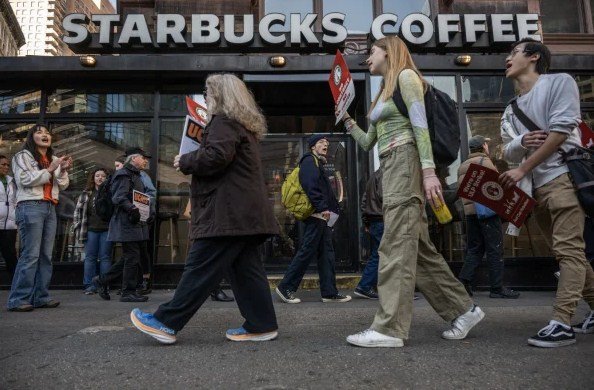Inflation has been a hot topic in the global economy for the past year, as prices surged to the highest levels in decades. Central banks responded by raising interest rates aggressively, hoping to cool down the overheated demand and restore price stability. However, the recent slowdown in inflation across advanced economies has sparked a debate between central banks and the markets. Are we witnessing the end of the inflationary episode, or is it just a temporary pause?
The Complexity of Inflation
Inflation is a complex phenomenon that depends on many factors, such as supply and demand, energy prices, exchange rates, expectations, and policy actions. Some of these factors are transitory, meaning they will fade away over time, while others are more persistent, meaning they will have a lasting impact on the price level.
For example, the pandemic caused severe disruptions in the global supply chains, leading to shortages of goods and higher costs for producers and consumers. These effects are expected to ease as the pandemic recedes and the supply chains recover. On the other hand, the massive monetary and fiscal stimulus that governments and central banks unleashed to support the economy during the crisis boosted the aggregate demand for goods and services, especially for durable goods and housing. These effects are likely to persist as long as the stimulus remains in place and the demand exceeds the supply.
Another example is the volatility of energy prices, which have a direct impact on the headline inflation rate. The invasion of Ukraine by Russia in 2022 triggered a spike in oil and gas prices, pushing up the inflation rate in many countries. However, the recent decline in energy prices, partly due to the easing of geopolitical tensions and the increase in production by OPEC and its allies, has lowered the inflation rate in some countries. However, this does not mean that the underlying inflation pressures have disappeared, as the core inflation rate, which excludes the volatile components of food and energy, remains elevated in most countries.
The Dilemma of Central Banks
Central banks face a difficult dilemma in the face of inflation. On one hand, they need to maintain their credibility and their commitment to their inflation targets, which are usually around 2% per year. This means that they need to tighten their monetary policy sufficiently to bring inflation down to their target level over the medium term. On the other hand, they need to avoid overreacting to temporary shocks that may cause inflation to deviate from their target in the short term. This means that they need to be flexible and adjust their policy stance according to the evolving economic conditions and the inflation outlook.
The challenge for central banks is to distinguish between the transitory and the persistent factors that drive inflation, and to communicate their assessment and their policy intentions clearly and effectively to the public and the markets. If central banks tighten their policy too much or too soon, they may choke off the economic recovery and cause unnecessary hardship for households and businesses. If central banks loosen their policy too much or too late, they may lose control of inflation and erode their credibility and their ability to anchor inflation expectations.
The markets, which are forward-looking and sensitive to the signals from central banks, may have different views and expectations about the inflation trajectory and the policy response. This may create a gap or a conflict between the central banks and the markets, which may affect the financial conditions and the economic activity.
For example, if the markets expect the central banks to ease their policy sooner or more than the central banks intend to, this may lead to a decline in the long-term interest rates and a rally in the stock and bond markets, which may in turn stimulate the demand and the inflation further. Conversely, if the markets expect the central banks to tighten their policy later or less than the central banks intend to, this may lead to a rise in the long-term interest rates and a sell-off in the stock and bond markets, which may in turn dampen the demand and the inflation further.
The Way Forward for Central Banks
The way forward for central banks is to strike a balance between being resolute and being flexible in their fight against inflation. They need to be resolute in their commitment to their inflation targets and their readiness to act decisively if inflation threatens to get out of hand. They need to be flexible in their assessment of the inflation drivers and their adjustment of their policy stance according to the changing economic conditions and the inflation outlook. They also need to be transparent and consistent in their communication of their policy strategy and their policy actions to the public and the markets, in order to manage the expectations and to avoid unnecessary surprises and volatility.
Central banks have a crucial role to play in ensuring the price stability and the financial stability of the global economy, which are essential for the sustainable and inclusive growth and development of the world. They have shown their ability and their willingness to act boldly and swiftly in the face of the unprecedented crisis caused by the pandemic. They need to show the same ability and willingness to deal with the unprecedented challenge posed by inflation.

